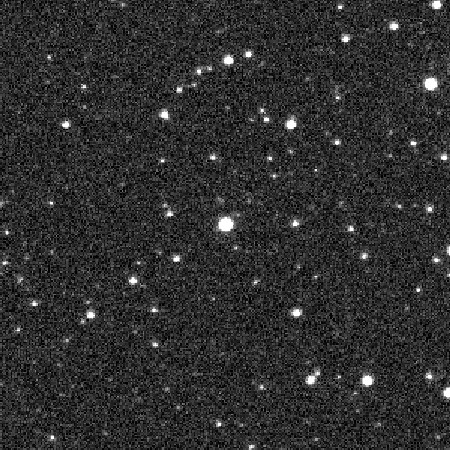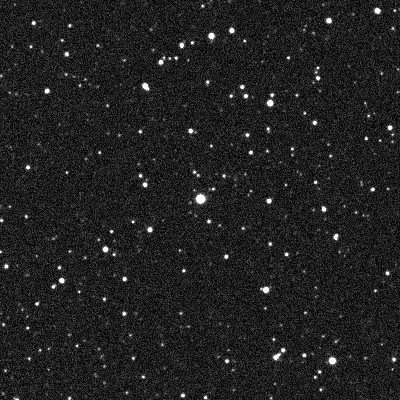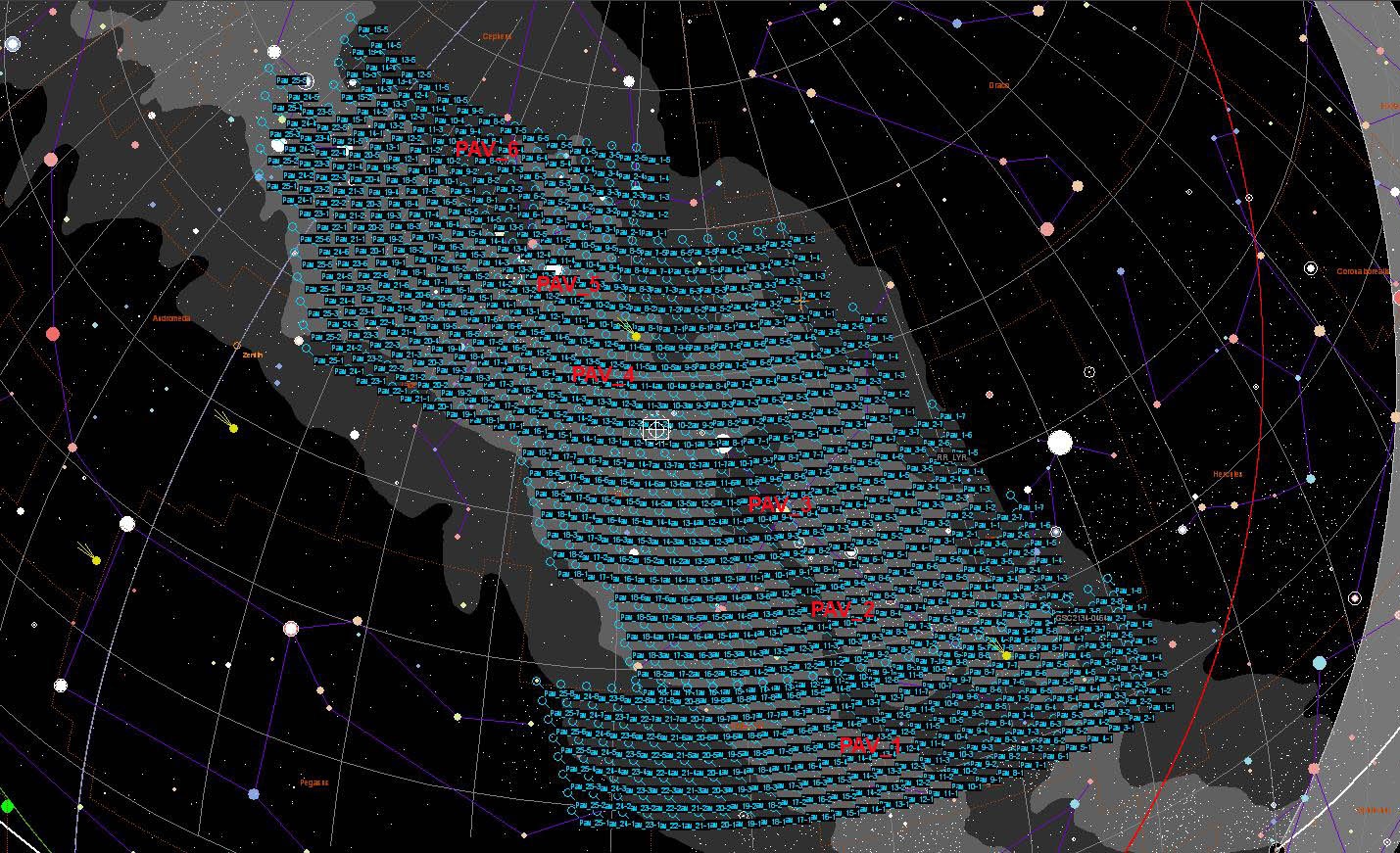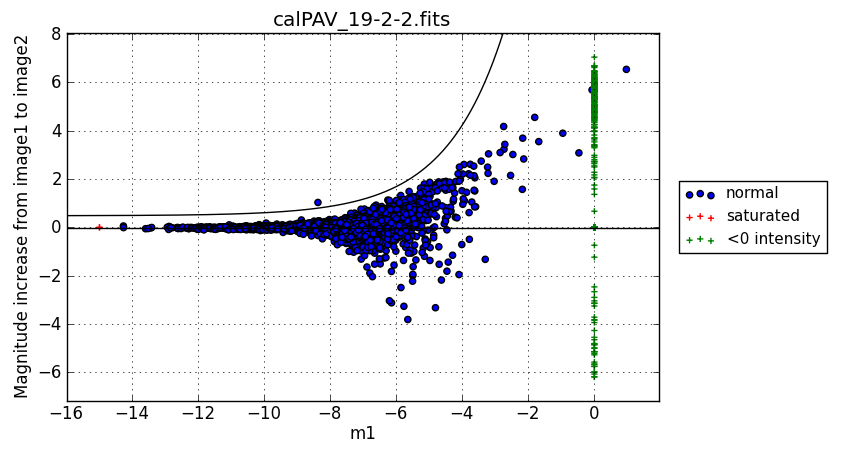New telescope
Our installation has been improved in August 2012.
The most important change is the replacement of the 80/400 achromatic refractor (Kepler) with a 80/600 apochromatic refractor (SkyWatcher Black Diamond). The field of view is smaller but the image quality is much better. Below I show pictures of RR Lyrae taken by the two instruments:
 |
 |
|
| Kepler 80/400 + IR filter (zoom 150%) exposure 20 sec |
SkyWatcher 80/600 + Astrodon exoplanet filter exposure 10 sec |
The IR filter (cutting at 742nm) used to correct the chromatism is now replaced with an Astrodon Exoplanet filter (cutting at 500nm) which lets a lot more of light come into the instrument.
With the new telescope the limit magnitude is 15.5 and we detect easily stars up to 14.5 (for 10 sec exposures). The field of view is 1.7deg*1.3deg.
Automatic processing
The latest scripts (written in Python) are scanning more than 300 images in a few minutes and make a list of all the new objects.
The comparison between two images of the same area in the sky is shown below. Plotting the change in magnitude as a function of magnitude, we get a cloud of points, and the outliers correspond to variable stars or new objects. They are automatically detected thanks to the threshold curve (in black).
| Comparison between two images of the same areaof the sky, at two different dates. The blue dot above the black curve is a variable star |
Coverage of Milky Way (automn 2012)
Starting from September 2012, we are using the following patterns to scan the Milky Way. This corresponds to 784 pictures.
We hope to discover and characterise many variable stars and maybe also a Nova.

